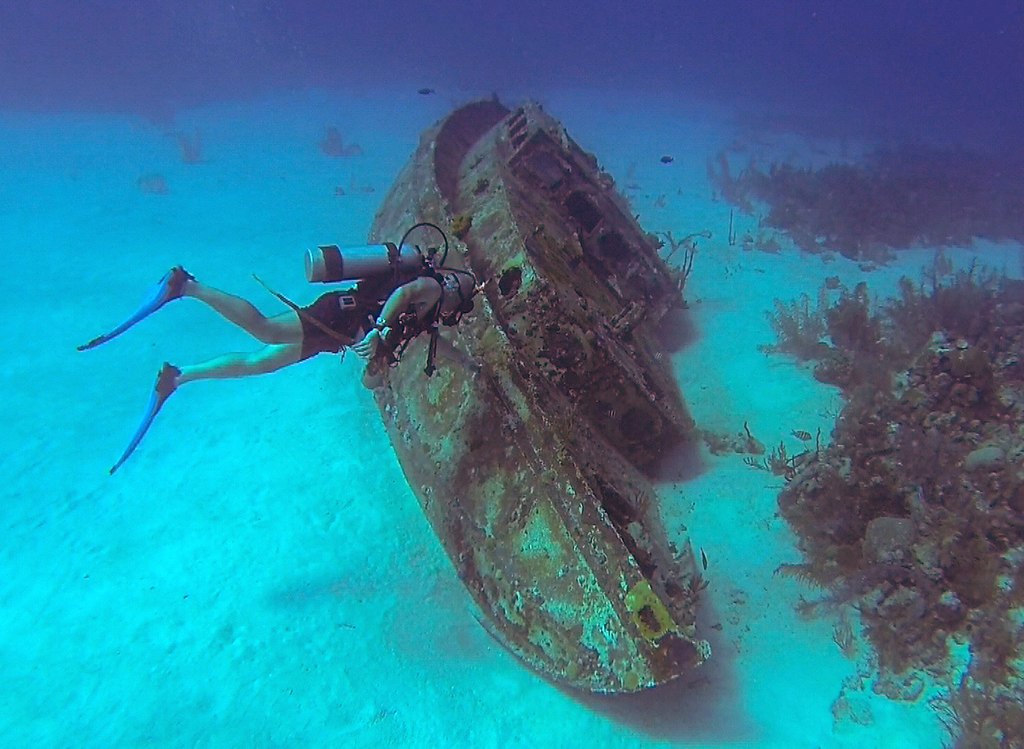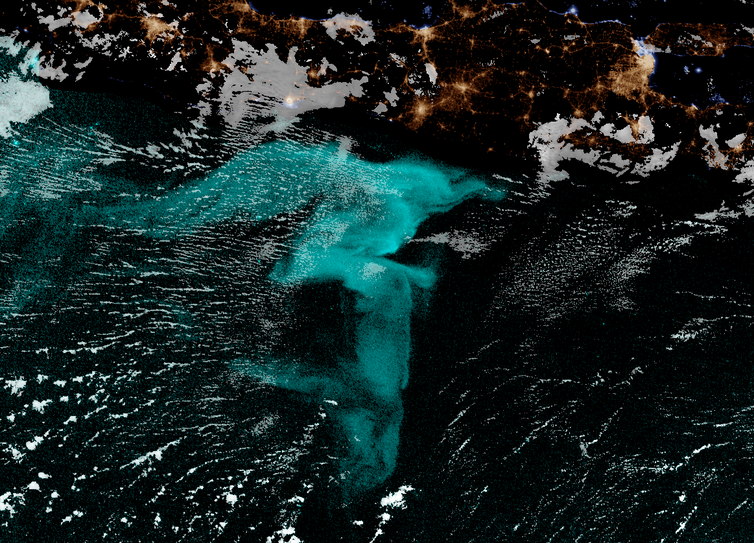Dead – yes, dead – tardigrade found beneath Antarctica

(Goldstein Lab/Wkikpedia/Tigerspaws/Big Think)
- Scientists find remains of a tardigrade and crustaceans in a deep, frozen Antarctic lake.
- The creatures’ origin is unknown, and further study is ongoing.
- Biology speaks up about Antarctica’s history.
So it turns out our favorite real-world superheroes, tardigrades, aren’t completely indestructible. But even in death, they continue to amaze. Scientists boring a hole one kilometer beneath the ice deep within a buried Antarctic lake recently got a bit of a shock. They came across the remains of once-living creatures, some ancient crustaceans, and — you guessed it — a water bear. How all of the creatures got there remains unclear.
The discovery was “completely unexpected,” micropaleontologist David Harwood tells Nature. The drilling was done under the auspices of the SALSA (Subglacial Antarctic Lakes Scientific Access) project. Glaciologist Slawek Tulaczyk, who’s not involved with SALSA, says, “This is really cool. It’s definitely surprising.”
(Nature)
Welcome to Subglacial Lake Mercer
The scientists were drilling in Subglacial Lake Mercer, a frozen body of water undisturbed for millennia. SALSA’s is the first direct sampling of its contents. Prior to the drilling, it had only been examined with ice-penetrating radar and some other indirect detection devices.
(Billy Collins/SALSA Science Team)
Boring details
SALSA drilled down a kilometer into the ice above Lake Mercer using a hot-water drill . At its maximum width, the hole was just 60 centimeters across.
On December 30, the team retrieved a temperature sensor from the frozen lake and noticed some gray-brown mud stuck to the bottom of it. Looking at the mud under a microscope, Harwood saw the glassy remains of photosynthetic diatoms, which he expected, but also a shrimp-like crustacean shell with its legs still intact. And then another, even better-preserved one.
To double-check, the team cleaned off their sensor and sent it down for more mud. This time, more crustacean shells and some other things that looked a bit like worms appeared under the microscope. On January 8, at a National Science Foundation base 900 kilometers away, animal ecologist named Byron Adams had a look. He confirmed the crustaceans, found the tardigrade, and identified the worm-like organisms as being thread-like plants or fungi. He’d seen all three types of creatures previously in the glacier-free Dry Valleys of Antarctica, as well as in the Transantarctic Mountains.
Underside of ice sheet above Lake Mercer.
(John Winans/SALSA Science Team)
Where the organisms were found, but why?
The animals could have come from other places, such as the ocean. Between five and ten thousand years ago, the Antarctic ice sheet became thinner for a while, and this could have allowed seawater to make its way beneath floating ice, carrying organisms along with it that eventually became trapped beneath the ice sheet when it returned to its normal thickness.
The water sampled from Lake Mercer has enough oxygen to sustain life, and is packed with bacteria, over 10,000 cells per millimeter. Harwood wonders if larger animals could have survived feeding on them, though the majority of biologists don’t think it’s likely to have been a substantial enough food source.
Adams suspects the creatures actually lived in the Transantarctic Mountains and were then transported after dying down to Lake Mercer. He says they seem too recent to have been neighbors of the millions-of-years-old diatoms. “What was sort of stunning about the stuff from Lake Mercer,” Adams tells Nature, “is it’s not super, super-old. They’ve not been dead that long.” The eight-legged tardigrade from Lake Mercer resembles those found in damp soil, reinforcing Adam’s conclusion.
Back to the lab
The next steps for these intriguing remains is an attempt at determine their age using radiocarbon dating. In addition, researchers will try and sequence DNA scraps from them to learn if they’re of marine or freshwater species. Finally, scientists will perform chemical analyses of carbon the remains contain to see if a determination can be made as to whether the animals spent their days in sunlight or in the dark, far beneath the Antarctic.





